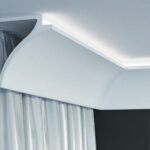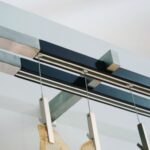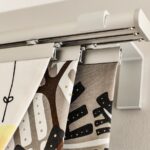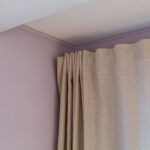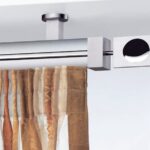Curtain rail
Profiled curtain rods are a fairly popular model today. In addition to their somewhat unusual appearance, with which they decorate the room well, such cornices have a number of certain advantages that must be taken into account when choosing between classic and profile cornices.
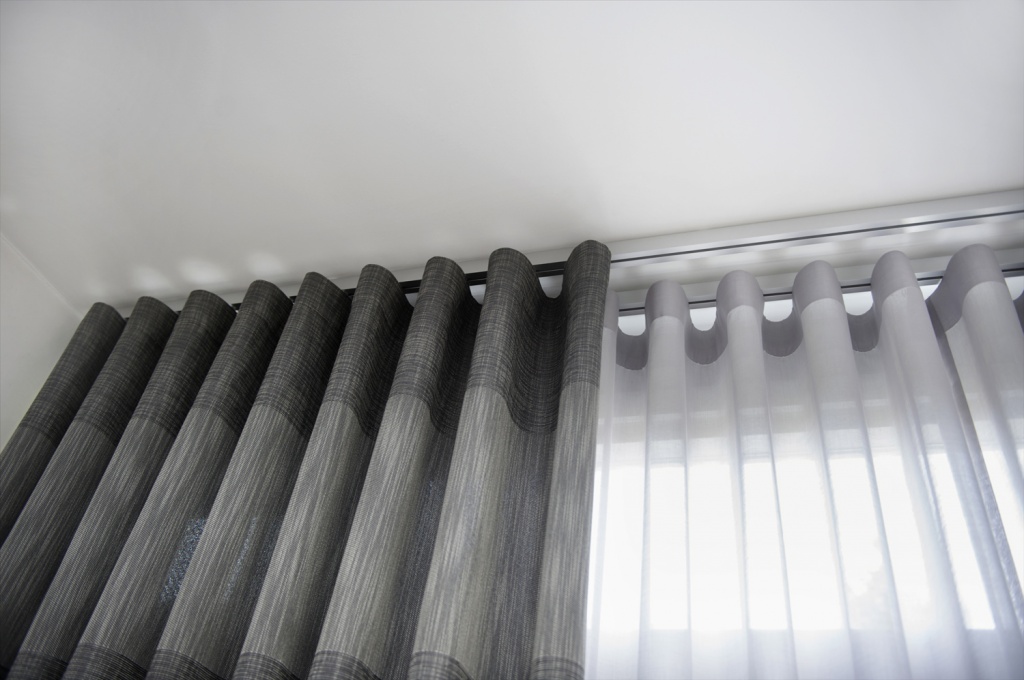
- Advantages and disadvantages of profile curtain rods
- Varieties of profile cornices
- What materials are rail cornices made of?
- How to choose a profile cornice for your room
- Installation of cornice and curtains on the cornice
- Video: installation of a ceiling curtain rod
- 50 design options for curtains on profile eaves
Advantages and disadvantages of profile curtain rods
Profile cornices for curtains of different models have several common advantages, which you simply cannot pass by:
- Ease of installation - such curtain rods can be installed at home by yourself.
- Easy to use.
- High quality of the fittings provided together with the profile cornice.
- Unusual appearance, refreshing the room.
- Long period of operation.
- Low price for the product.
- Multiple rows.
- Compact size.
- Light weight.
Considering all these advantages, you can safely look for a new cornice of such a model in the store, but it is important to remember about the disadvantages of profile cornices:
- They definitely need to be decorated with something additionally so that a room with a profile cornice looks better.
- Usually, profile cornices are made only for ceiling, which is why it is better to hang them in apartments with high ceilings, like any other models belonging to this category.

Varieties of profile cornices
For the most part, profile cornices are divided into two large groups:
- No control.
- With management.
The first category can be characterized by a sharper, even "ragged" way of moving curtains along the cornice. Also, curtain rods without control need to be removed, disassembled and reassembled whenever you need to hang a new layer of fabric on them or replace the old one.

Profile cornices of the second category are completely different - cord control distinguishes them due to the easy and smooth sliding of the fabric and the possibility of adding new layers without dismantling the profile (the structure of the cornice itself).

Also, the bulk of the profile curtain rods without control are designed for light curtains or curtains of medium density, while the curtain rods with control are designed for heavier options.
There are no other differences between models with and without controls - they have the same length and can be mounted both to the ceiling and to the wall.

Ceiling
A ceiling cornice is, as you might guess, a cornice that is attached to the ceiling. Now such models are gaining more and more popularity, as they visually stretch the room and decorate it well, draping the plane completely - from ceiling to floor or between two opposite walls.

A profile curtain rod for ceiling curtains usually has a plastic or aluminum case with grooves inside, along which curtains move, put on special hooks or runners. Attached to the ceiling, such a cornice provides the visual effect of "stretching" the room in a vertical plane and closes the windows from wall to wall, which creates an atmosphere of comfort and safety and security. Ceiling cornices are most convenient to hang in rooms with more or less high ceilings, so the curtains will look better, creating a beautiful drapery.
Wall mounted
Wall cornices, in complete contrast to ceiling ones, can be hung in a room with ceilings of absolutely any height, the main thing is to choose curtains of suitable length. Wall cornices, as the name suggests, are attached to the wall on which the window opening is located. Usually, for fasteners (brackets), a place is chosen that is diagonally upward from the upper corner of the window opening. 5-10 centimeters on each side will be enough for the curtain to cover the entire window.
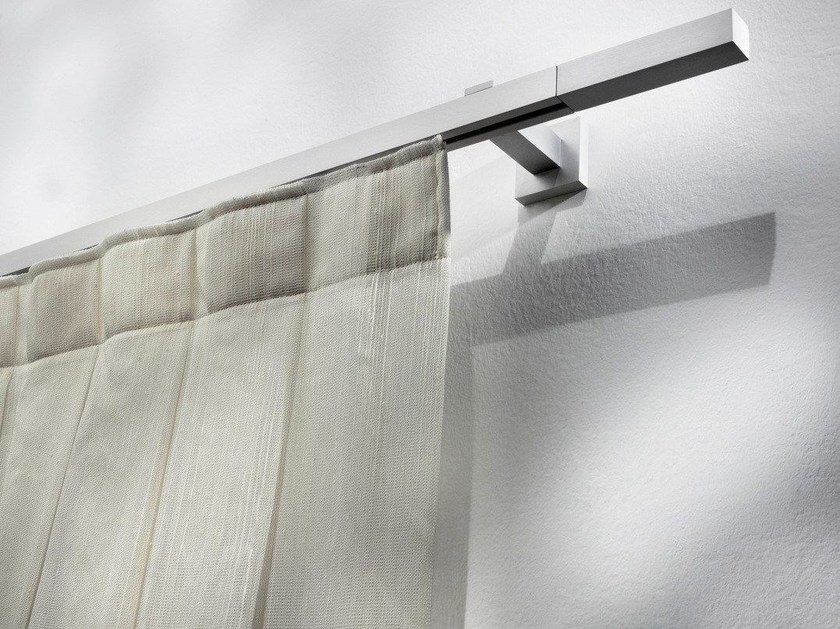
Wall-mounted profile cornices are made, as well as ceiling ones, of plastic or aluminum, in order to lighten the structure as much as possible, but at the same time not to make it too fragile - it will not be very good if one day the cornice collapses or cracks under the weight of dense curtains.
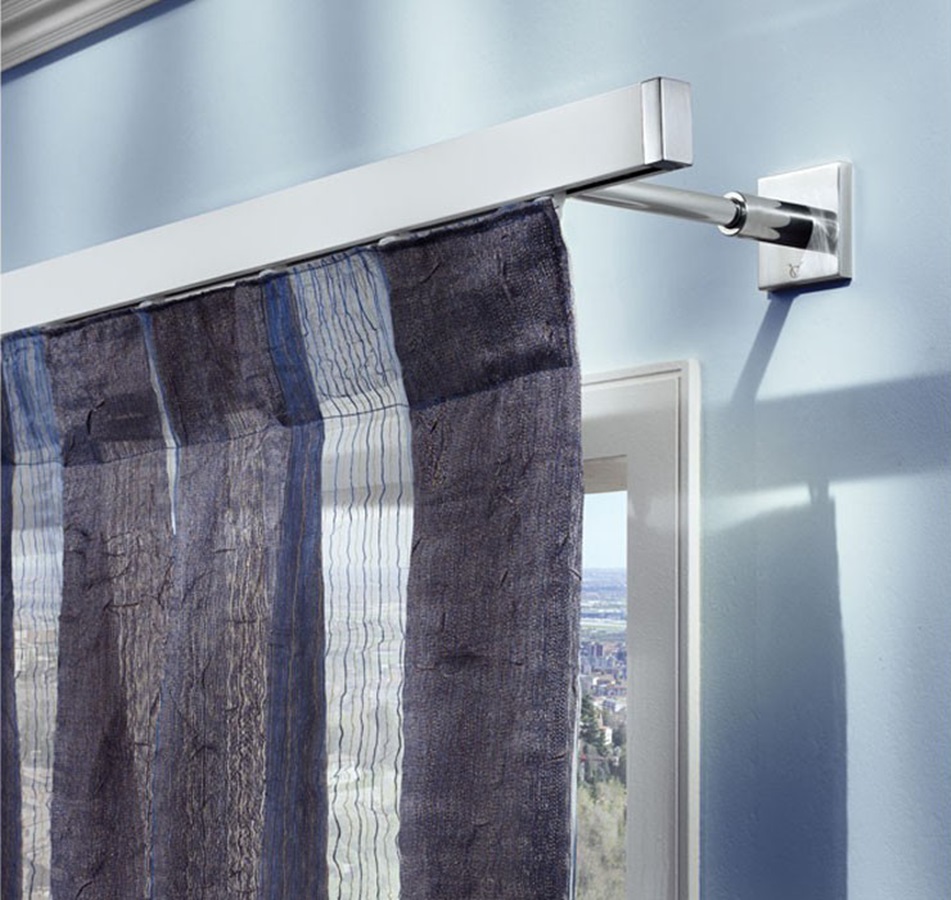
What materials are rail cornices made of?
While for ordinary cornices, materials such as wood, metal and plastic are mainly used, in the case of profile cornices, wood is not included in the list of suitable materials for making models. In most cases, it is plastic models that are presented on the modern market, since they are lighter and less expensive, but despite their rather low cost, they are of quite good quality.

Both plastic and aluminum - both materials are considered reliable enough to be used when creating curtain rods, and therefore models from them can be found in any store that sells equipment for the renovation of apartments and houses.

How to choose a profile cornice for your room
To choose a profile cornice for a room, you must first measure the height of the ceilings - the higher they are, the more likely it is to take the ceiling cornice. If the height of the ceilings is in the range of 2.5 to 2.7 meters (the so-called “high ceilings), then it is better to take the ceiling cornices. And if the height of the room does not exceed (usually less) 2.5 meters (the so-called "Khrushchev"), then preference should be given to wall cornices.

Having chosen the type of cornice, it is worth referring to the materials of its manufacture. If there are already pieces of furniture or decor in the room that have metal fittings in them, it is better to take an aluminum cornice, so it will be in harmony with the room. If there is no such special fittings, you can safely take the plastic one.
Installation of cornice and curtains on the cornice
How to install a profile cornice - instructions:
- Measure the width of the window and, based on this data, select the width of the cornice (window width + 45 centimeters on each side, so that the curtains can be moved)
- Choose places for brackets (+2.5 centimeters to the window height, if heavy curtains were chosen, then you need to hang profile brackets every 15 centimeters of distance)
- Hang the brackets with an electric drill and a drill, fasten with screws.
- Hang the sliders.
- Hang the curtain rod by fixing it on the brackets
To hang curtains on such a cornice, you need to hook them onto hooks or runners (included with the purchase of the cornice).

Profile cornices are an inexpensive and easy-to-install option, suitable for any room. Following the instructions, any person can easily hang such curtain rods, the main thing is to follow the prescribed procedure all the time.
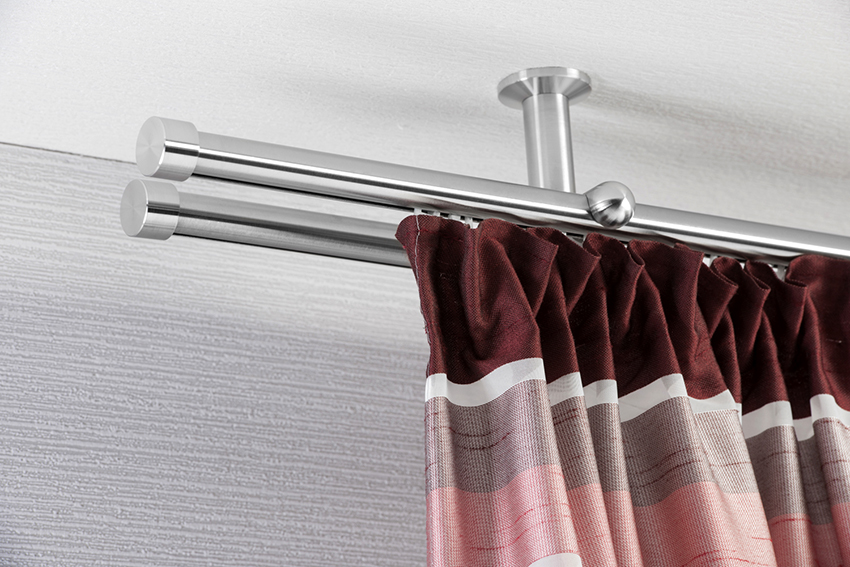
Video: installation of a ceiling curtain rod












